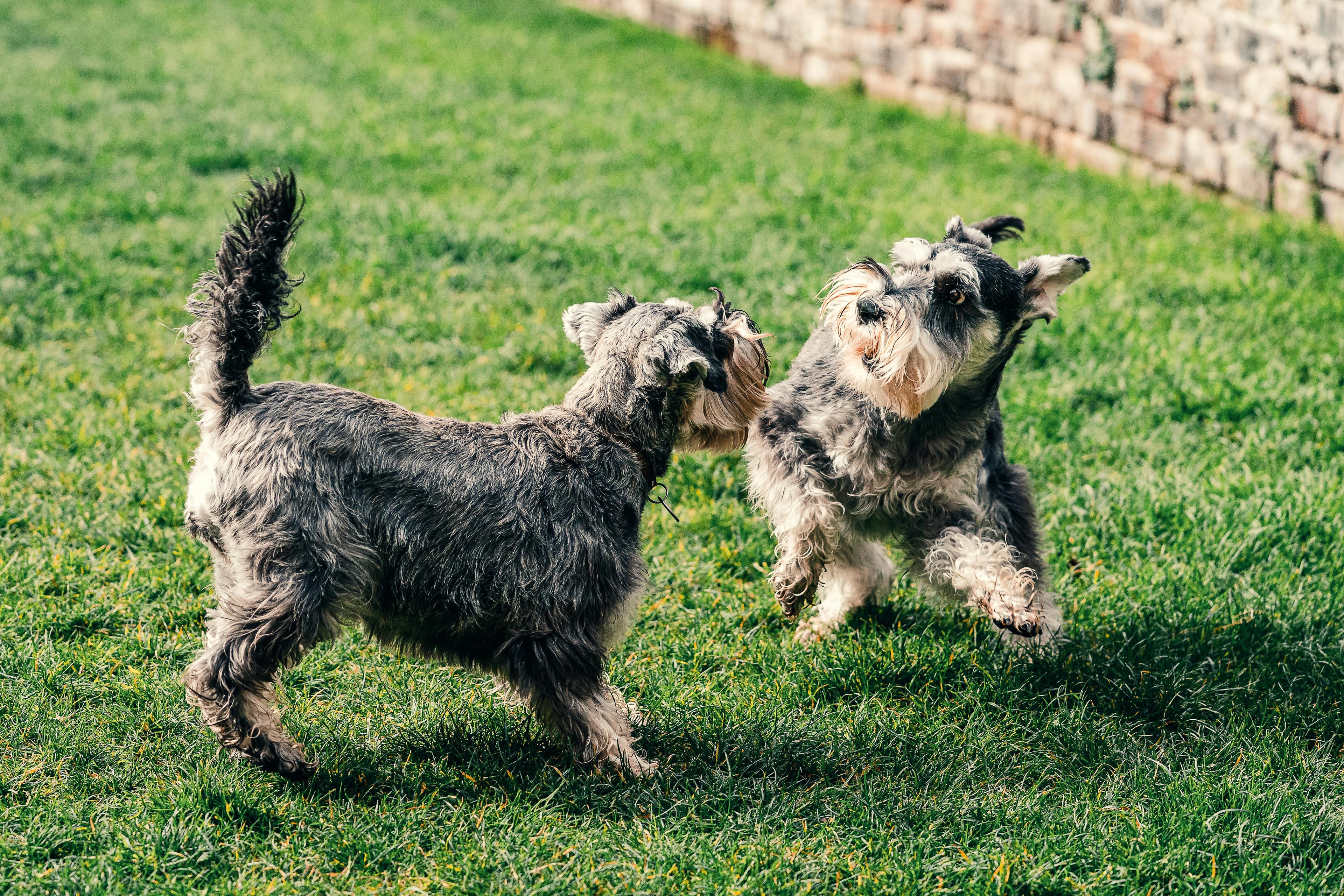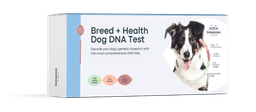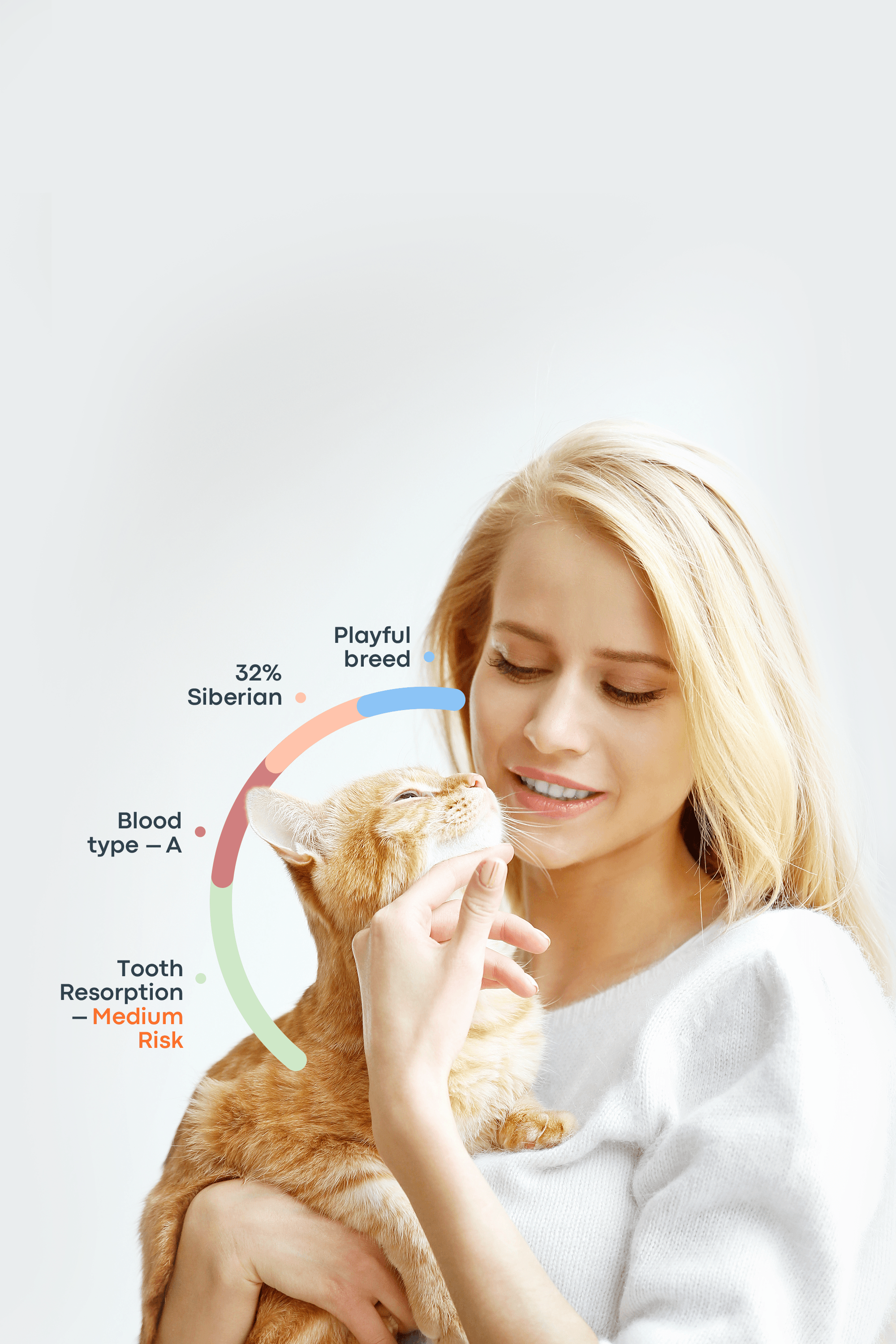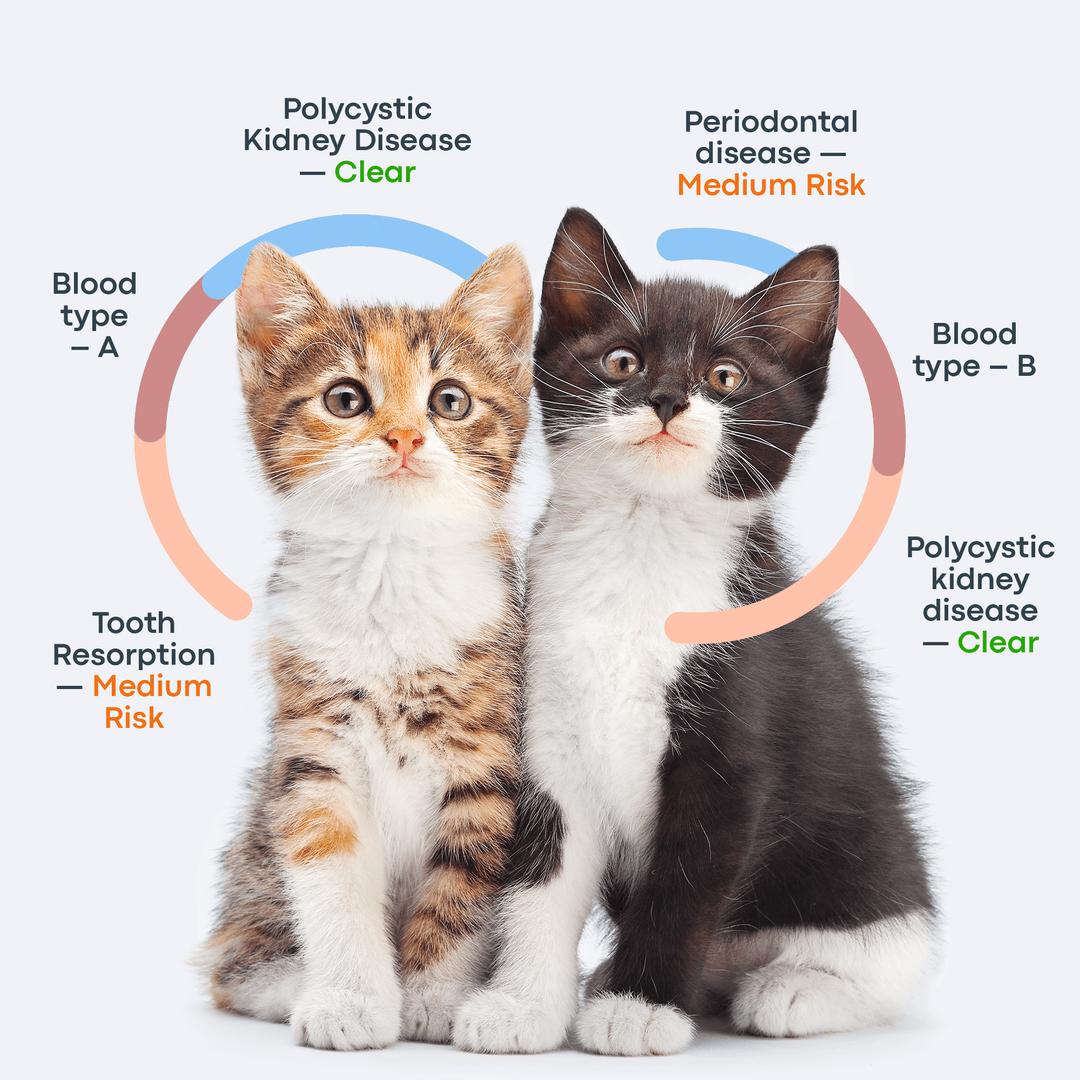Wondering how to introduce dogs to each other? It's essential to take it slow. Always make sure that both animals feel comfortable. Introducing two dogs can be a delicate process. Bringing home a new dog? It is natural to want your pets to get along. The right actions at this point can make a world of difference. This article covers the best way to introduce canines and common mistakes to avoid. We also give tips to ensure a smooth and stress-free first meeting.
Why Proper Introductions Matter
A smooth introduction between dogs is essential. It paves the way for building a positive relationship. This can shape their behavior and interaction in the future. Anger, stress, or anxiety might result from a bad introduction. It is essential to take the time to comprehend the procedure. Territorial clashes or even physical altercations are common in such scenarios. A carefully thought-out introduction guarantees the safety and comfort of both pets. Harmony over the long run depends on this. Make a difference by learning how to introduce dogs to each other.
Understanding Dog Body Language
Signs of a Positive Interaction
Dogs communicate largely through body language. Some signs indicate that the interaction is going well.
Relaxed posture
Wagging tails
Play bows
Loose, fluid movements
These indicate that the dogs are feeling comfortable and open to forming a bond.
Warning Signs of Stress or Aggression
Certain behaviors indicate discomfort or stress.
Stiff body language
Direct staring
Growling
Lip curling
Raised hackles
These signals are clear warnings that the dogs are not happy with the situation. Pay close attention and be ready to intervene if necessary. Understanding how to make dogs get along is key to preventing conflicts between them.
Play Behavior vs. Tension
It’s important to distinguish between friendly play and rough behavior. Playful dogs often show relaxed movements and take turns in the interaction. However, it could be necessary to step in if the dogs start acting tense or aggressive. To prevent things from getting worse, distract the dogs. Take them away from each other when you see any indications of discomfort.
Preparing for the First Meeting
Choosing a Neutral Location
The best way to introduce dogs is in a neutral location. Do not meet at one dog’s home. This can make the other dog feel territorial. The result will be unnecessary stress for both. A neutral outdoor area like a park or an empty field is ideal. According to Zoetis, a puppy class is the ideal location for early socialization.
Ensuring Both Dogs Are in a Calm State
Before the introduction, ensure that both dogs are in a calm and controlled state. Take them on a leash walk to burn off some excess energy, helping to prevent hyperactive or anxious behavior during the meeting.
Using Leashes and Harnesses for Control
When introducing dogs, leashes and harnesses are necessary. They let you maintain control. Stop the pups from approaching each other too soon. Allow them to sense each other's presence from a distance. Only let them come closer when both dogs are at ease.
Setting Realistic Expectations
Some dogs may take longer than others to warm up. Be patient. Understand that canines have unique personalities. Some may bond instantly. Others need more time. Figure out what your pup needs. Take their emotions into consideration. Come up with the best strategy suited to their needs.
Step-by-Step Guide to Introducing Dogs
Initial Greeting at a Distance
When introducing two dogs, pace yourself. It is best to let them see each other from a distance first. They can observe one another without direct confrontation. Watch their reactions carefully. Proceed slowly if they seem calm or curious.
Walking Side by Side
An excellent method to ease the dogs into the introduction is to walk them side by side. Maintain a safe distance. Both canines will become accustomed to each other’s presence. This helps them adjust to each other without direct confrontation.
Allowing Sniffing and Interaction
Allow them to sniff each other. Only do this once they seem comfortable in each other’s proximity. Sniffing is a way for canines to learn about each other. Watch for any signs of stress or discomfort. Give them space if necessary.
Watching for Warning Signs
Keep a close eye on the dogs for signs of discomfort. If either dog becomes tense or agitated, step in immediately. Safely separate them and give them a break before trying again.
Supervised Interactions at Home
Transitioning the Introduction Indoors
Once the dogs seem comfortable outdoors, you can transition to a home environment. Ensure that the space is neutral, and avoid allowing them access to rooms or areas they may feel possessive about. This reduces territorial behavior.
Preventing Resource Guarding
First, separate their food bowls, toys, and bedding. Resource guarding can cause stress and conflict, so it’s best to manage these items carefully. Introduce shared items gradually, once they’ve formed a bond.
Providing Positive Reinforcement
Praise and treats should be given for calm, amiable behavior. Dogs who receive positive reinforcement are more able to form favorable relationships with one another. This motivates them to keep interacting with one another in a cordial way. An interesting point explained by the American Veterinary Medical Association is that rewards should be a lifelong thing. Don't stop their use once you have achieved the goal. Always reward when they behave in a manner that you want.
Common Mistakes to Avoid
Forcing Interactions Too Quickly
Rushing the process is one of the most common errors. The dogs may get stressed and even aggressive if they are forced to meet before they are ready. Allow the introduction to happen at a natural pace. PetMD recommends taking your dog’s personality into account before deciding on socialization. They may have more of a lone-wolf personality. In such a scenario, it is best to avoid new introductions.
Ignoring Stress Signals or Signs of Discomfort
It’s tempting to push ahead, especially if you want the dogs to get along. However, ignoring stress signals is dangerous. The dog may show signs of discomfort. Take a step back and reassess the situation.
Not Supervising Early Interactions
Early interactions should always be supervised. Never leave the dogs alone until you're confident that they can safely be trusted together. Monitoring their behavior is key to ensuring a smooth relationship.
What to Do If the Introduction Doesn’t Go Well
Recognizing When to Pause and Restart
If the introduction doesn’t go as planned, don’t panic. It’s important to recognize when to take a step back. Create a more structured introduction plan. Gradual steps can help ease the process.
Techniques for Gradual Introductions
Consider using baby gates or other barriers to allow them to interact safely at a distance. Short, frequent meet-ups can help build comfort and trust.
When to Seek Professional Help
It may be time to consult a professional if you notice that the dogs are consistently stressed or aggressive. A dog trainer or behaviorist can assist in guiding you through the process. They can also help resolve any behavioral issues. Understanding how to introduce dogs properly can help prevent conflicts. This also ensures that they form positive relationships.
Frequently Asked Questions
How do I properly introduce a new dog to my other pets?
Introduce pets slowly. Use a neutral space. Monitor their body language for signs of comfort or discomfort. Only allow them to interact in controlled settings. Gradual intros are the best.
How can you introduce a new puppy to your home and family without upsetting or stressing out your current dog?
Ensure that your current dog has some one-on-one time with you. Keep initial meetings brief and positive. Gradually increase interactions while maintaining a calm environment.
How do I introduce my anxious small dog to my friend’s large dog?
Introduce them slowly. Both dogs should be calm before they meet. Keep the introduction short and positive. Watch closely for any signs of stress from your anxious dog.



